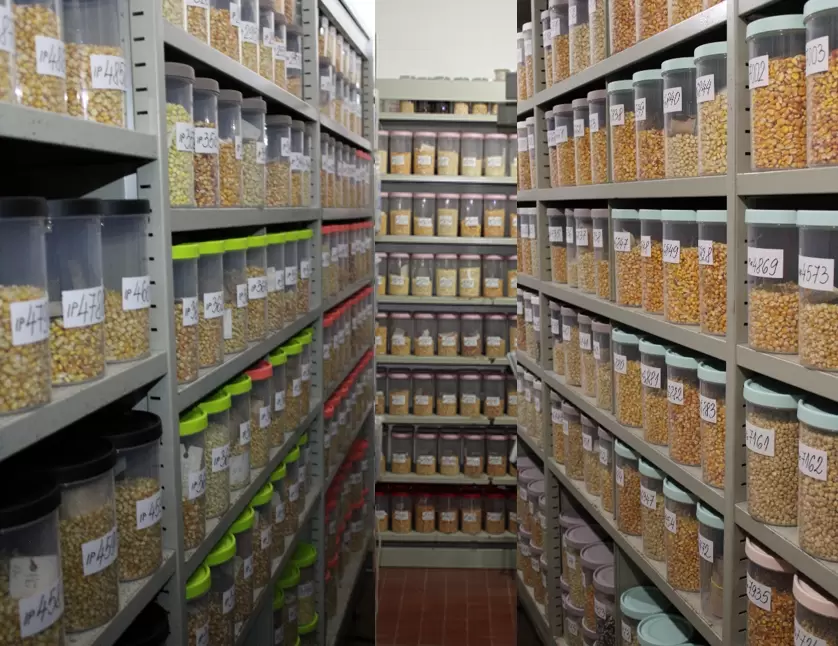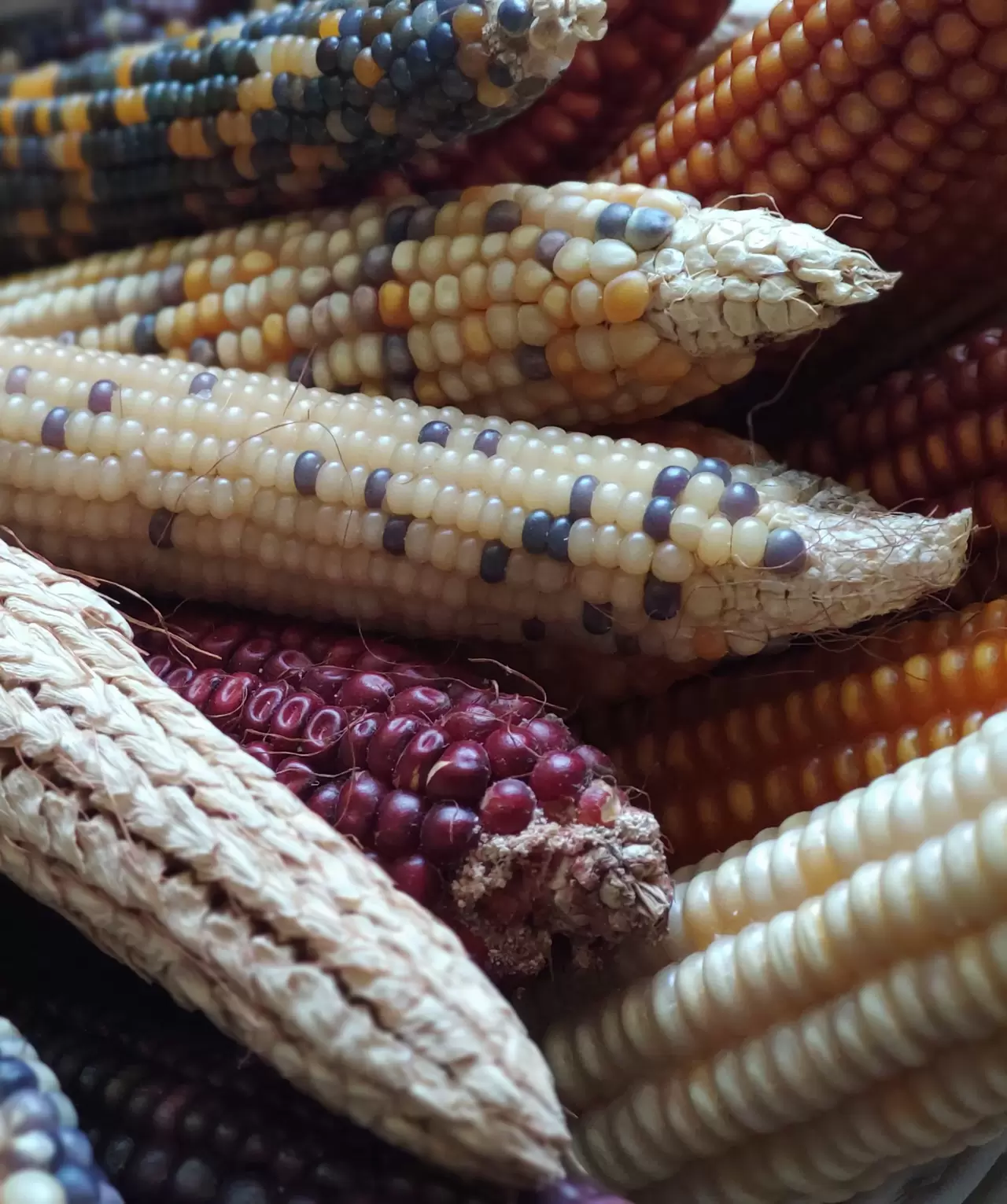Gene bank
During four collecting missions taking place in 1961-1990, a total of 2217 local landraces were collected on the former Yugoslavian territory. The landraces are classified into 18 agro-ecological groups based on morphological and biological traits, and characterized according to CIMMYT/IBPGR descriptors for maize.
With a local germplasm set and a set of 3258 introduced genotypes (inbred lines, populations, synthetics and composites), the Maize Research Institute Zemun Polje genebank collection ranks among ten the largest maize collections in the world. The seeds are stored under medium-term conditions (temperature 0-10ºC and relative air humidity 45-50%).

Activities
- Regeneration and multiplication of accessions,
- Preliminary characterization and evaluation according to CIMMYT/IBPGR descriptors,
- Genetic diversity analysis using molecular markers,
- Morphological, biochemical and molecular characterization for identification of superior germplasm regarding tolerance to abiotic and increased resistance to biotic stress, increased nutritional quality of grain,
- Creation of core and mini-core collections for specific traits important for breeding,
- Phenotypic characterization of the elite material according to the UPOV descriptor (upov.int/index_en.html),
- Within the framework of the European Cooperative Program for Plant Genetic Resources (ecpgr.cgiar.org), the Maize Research Institute was chosen as the host of the European maize database in 1996.
- Cooperation and exchange of accessions with genebanks worldwide.

